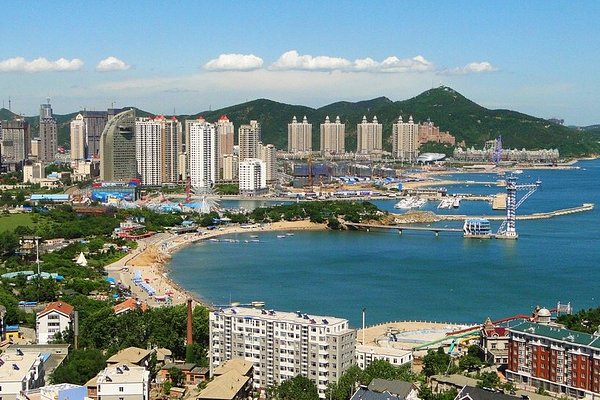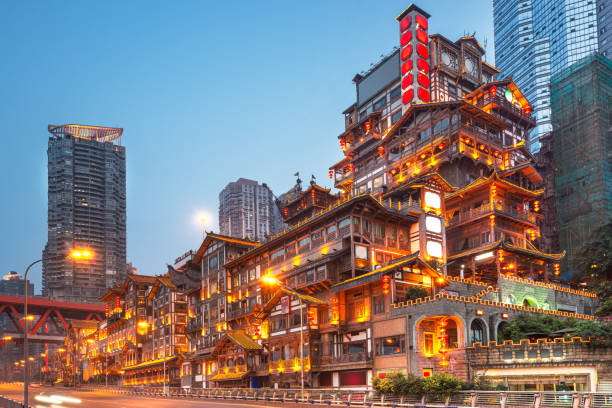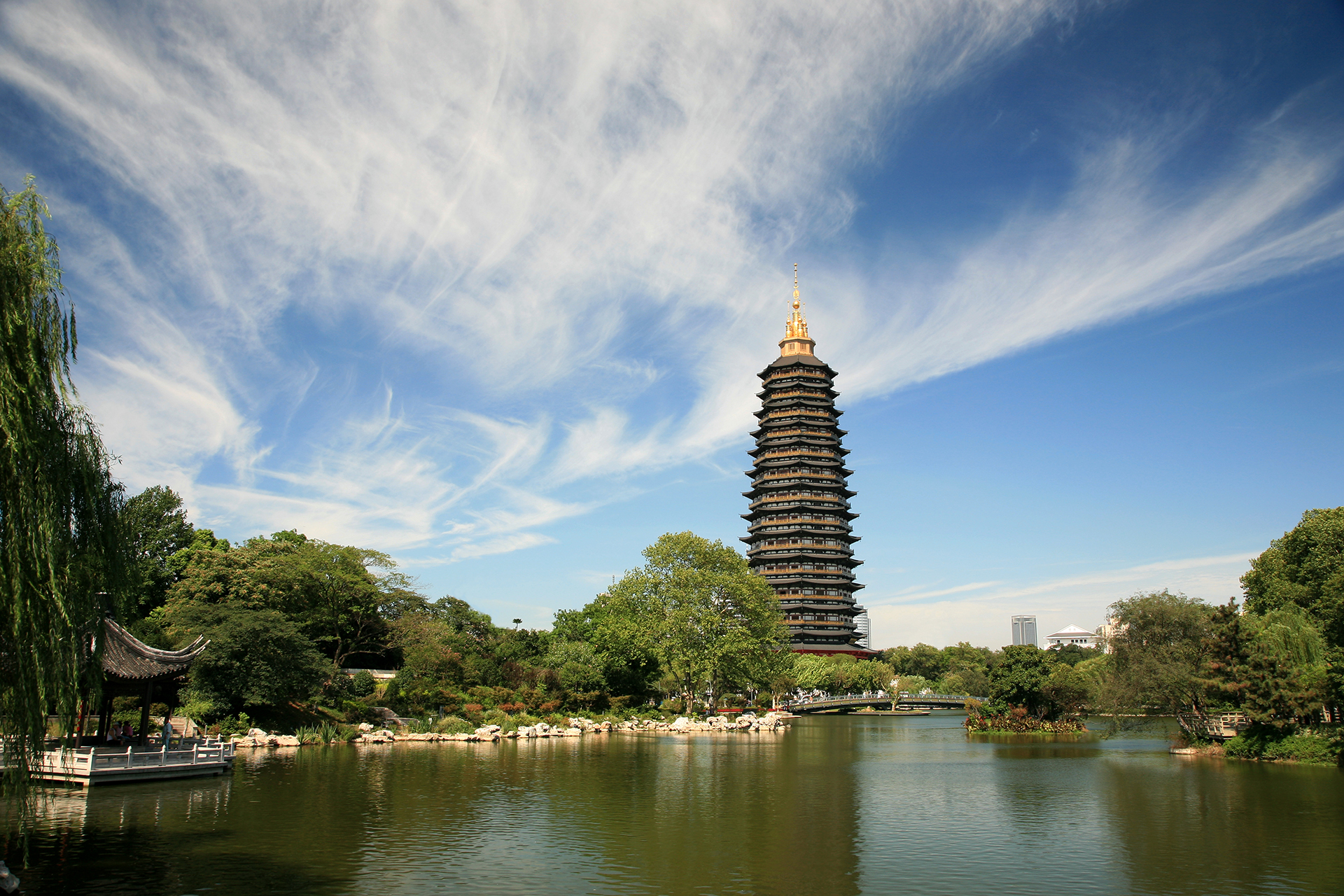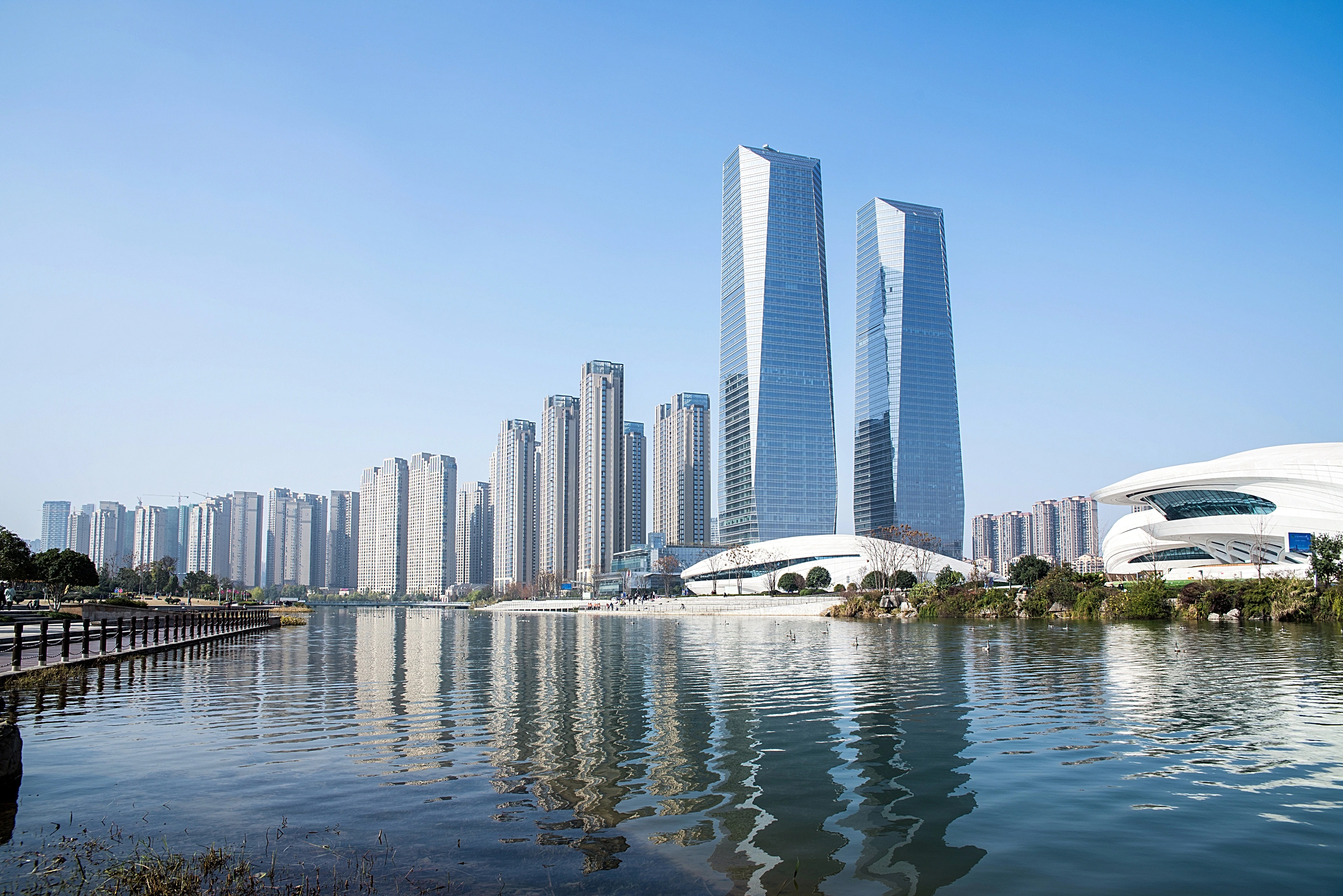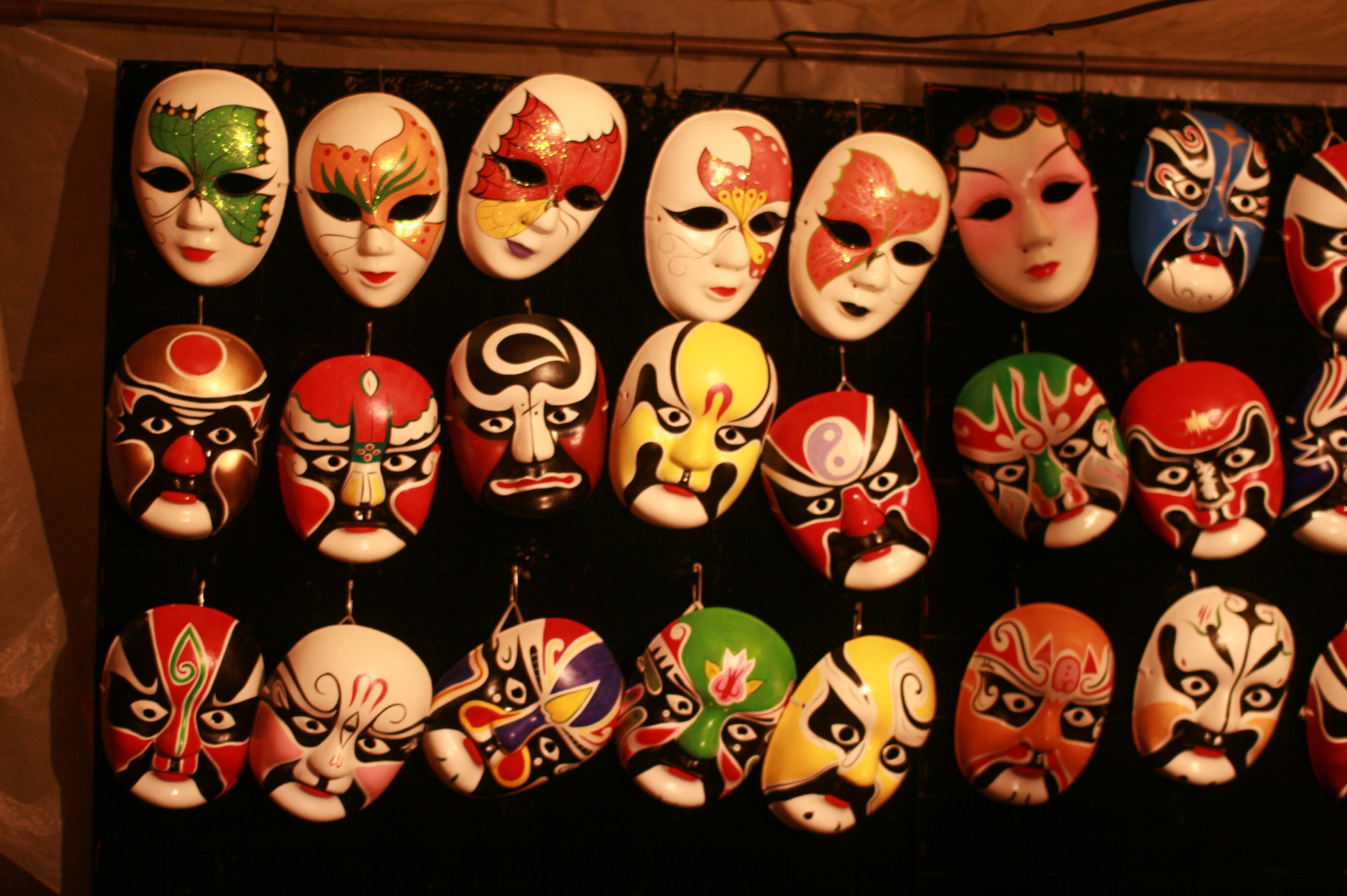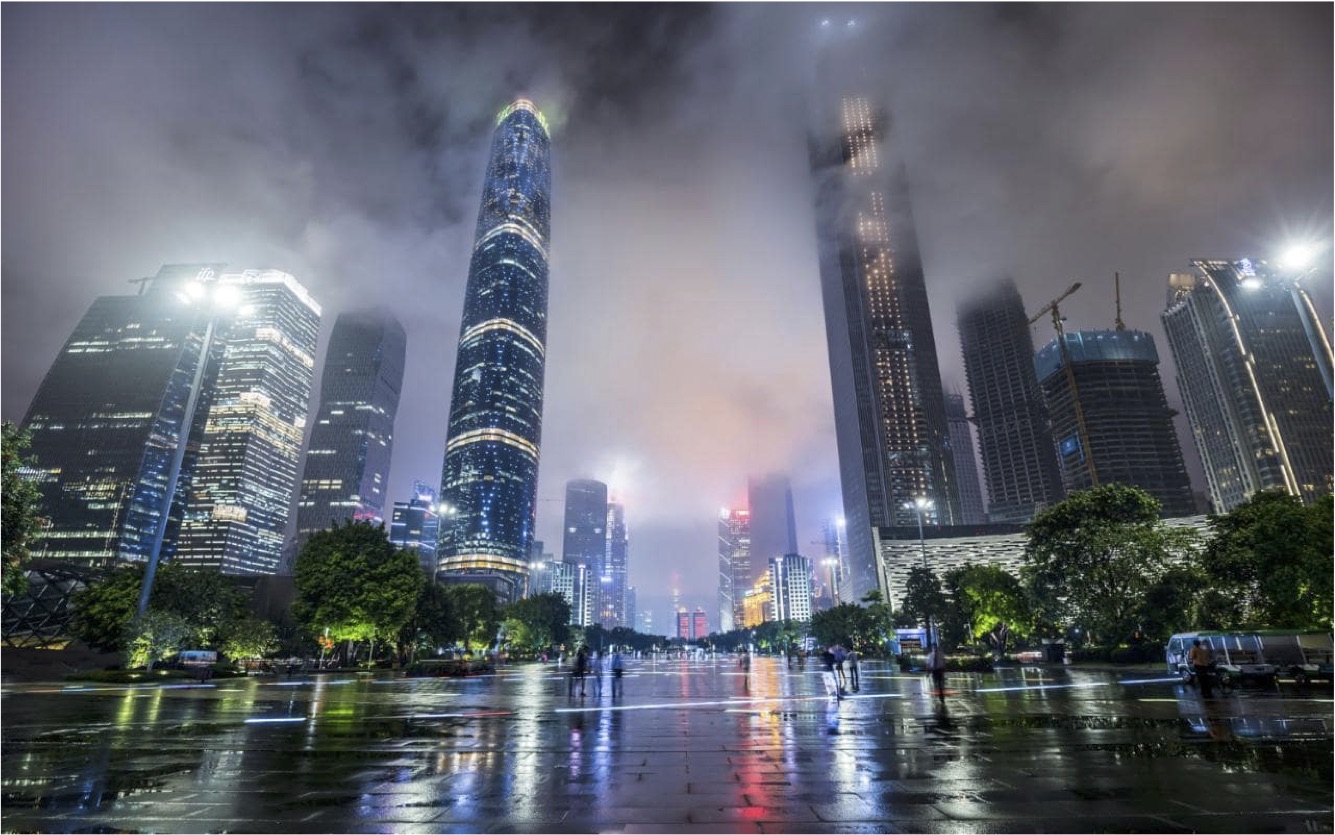Learn more about moving to China
Mianzi (面子) or face, is a key motivator among Chinese business people. Face factors in to many actions and decisions taken in the business world, as well as in day to day life. In loose terms, you can think of face as reputation, honor or respect. You could also think of it as public image, particularly through the eyes of one’s close connections. To do business in China, you need to have at least a basic understanding of face. One of China’s most influential writers, Lu Xun, referred to face as “the guiding principle of the Chinese mind”. It is a term Chinese understand intuitively, while Westerners seemed to struggle to grasp its concept. In reality, the concept of face exists in many societies, however it more prominent and nuanced in Chinese culture. In the Qing Dynasty, foreigners would threaten court officials when their requests were rejected, who would then comply out of fear due to the power of the West at the time. However when it was time to leave the Ministry, the foreigners were led out not through the main door, but the side door. This was done to not give foreigners face and implies that on a psychological level – China was superior. A current application of mianzi is when your boss treats you to meal, you have to go. If you don’t give face, you can forget about advancing your career in that company. The concept of face can also be taken out of the business context. Traditional Chinese social roles dictates an embarrassment if a man’s partner is better educated or earns more than him. In this relationship dynamic, the man is losing face and suffers considerable social pressure. FACE CAN BE GIVEN, GAINED, LOST OR SAVED. It’s easy to lose face. For example, face can be lost through a public insult or public contradiction or by failure to receive the proper level of respect. It is not really the act that causes a loss of face but the fact that the act is public, and there is public humiliation or loss of prestige involved. Loss of face must be avoided. Sometimes, Chinese go to great lengths to preserve face. It’s acceptable to lie to preserve face. In fact, lying is considered the better option, especially when it is understood that it is being done to preserve face. You may have noticed how Chinese business people don’t like to say “no” outright, even when that is their answer. This is because saying “no” would cause the rejected party to lose face. By not saying “no” directly they are preserving face. One good reason for not doing anything that would cause someone to lose face is that it could result in some form of retaliation. The face loser may attempt to regain face by doing something to cause the initial infractor their own loss of face. Face can be gained through public showings of respect or praise to a third party. See again how the simple act of giving praise isn’t what gives face, it’s the fact it is done publicly or via a third party. Face can also be gained by doing what others cannot do or by being exceptionally knowledgeable or wise. In China, it is not just individuals that have face, the concept applies to companies and government ministries too. In this case, think of it as the organization’s good reputation that they aim to preserve.
As the winter months get fully underway and the temperatures drop across the country, keeping warm is one of the biggest issues faced in China. Whilst staying in bed all day and wrapping up in layer upon layer of clothing may be tempting, those solutions aren’t necessarily practical. Instead, we have realistic solutions to help you beat the cold in China, so you can carry on your daily life comfortably. CENTRAL HEATING Moving to China, one of the major differences you’ll notice between here and the West is the presence of central heating – or lack of in the south of the country. The issue around which parts of the country get central heating and which don’t dates back to the 1950s, where limited resources determined that only those in the north of the country – or above the Qinling Mountains and Huaihe River, or what came to be known as the ‘Qin-Huai’ line – were given the privilege of indoor heating. This means that everywhere below this line, including the whole of the Sichuan, Yunnan, Guizhou and Jiangxi provinces plus others, must rely on other means to keep warm. Despite being introduced over fifty years ago, the premise that the north gets colder in the winter and is thus more in need of central heating still persists to this day. Even buildings currently being built below the ‘Qin-Huai’ line do not have central heating, and instead residents use the heat setting on their AC, or choose to install a space heating unit (空调 kongtiao) to keep away the winter chills. If you are currently living below this line and don’t have central heating, fear not – there are still several methods you can use to keep warm. [Image] USING YOUR AC It may seem counterintuitive to use an AC system during the winter, but this is the heating system many Chinese use to keep their homes warm. When it comes to actually using your AC system, however, you may have some difficulties if you cannot read Chinese. Check out our list of handy translations to help you out. Should you not find your A/C remote control in the list, then just send us a picture of your remote control to info@maxxelli-blog.com and we’ll add it to the list for you. We couldn’t bare just letting you freeze or melt like a popsicle! USEFUL VOCABULARY English | Chinese | Pinyin Air conditioner | 空调 | kōng tiáo Remote control | 遥控器 | yáo kòng qì Automatic | 自动 | zì dòng Cool | 制冷 | zhì lěng Dehumidifier | 抽湿 | chōu shī Heat | 制热 | zhì rè Fan Wind | 送风 | sòng fēng High Wind Speed | 高风 | gāo fēng Mid Wind Speed | 中风 | zhōng fēng Low Wind Speed | 低风 | dī fēng Set | 调整 | tiáo zhěng Mode | 模式 | mó shì On / Off | 开/关 | kāi/guān Wind Speed | 风速 | fēng sù Wind up/down | 上下风 | shàng xià fēng Economy | 经济 | jīng jì Time Set | 定时 | dìng shí Blowing Direction | 风向 | fēng xiàng Sweeping Wind | 扫风 | săo fēng Cleaning | 清新 | qīng xīn Display | 数显 | shù xiăn Strength | 强劲 | qiáng jìn Sleep | 睡眠 | shuì miăn Lighting | 灯光 | dēng guāng Cancel | 取消 | qŭ xiāo Power Source | 电源 | diàn yuán When using your AC, it’s also important to remember not to keep it on 24 hours a day, as tempting as that may be. Running your AC constantly can lead to condensation, as the water is being removed from the air as it’s conditioned, which is then drained via a pipe. If there’s too much condensation, your system can get clogged and will require maintenance – prevent this by simply leaving your AC off while out of the house, or turning it off for a few hours at a time. UNDER FLOOR HEATING In some cities, one of the preferred options of heating is to install underfloor heating; this can be preferable to using an AC unit, as it doesn’t dry the air out, and can provide more even heating across the apartment. This involves installing a hydronic or electric system of heating pipes under the floorboards if your apartment does not already have one, which is then typically operated via a thermostat on the wall. Again, you may need to use the tanslations above in order to operate your heating system. [Image] BUYING BLANKETS AND DUVETS One of the easiest ways to keep warm at home is to wrap up in cosy blankets and duvets – the thicker the better! These can be purchased in a number of ways. If looking in a shop or market, ask for a duvet down – “I would like to buy a Duvet down (我想买一件羽绒服)” – or if searching online simply enter “羽绒服”and you will find plenty of options. Or, for a totally free way to keep warm, snuggle up to someone you love! Whether its your boyfriend or girlfriend, husband or wife, son or daughter, or even a cat or dog, snuggling up is one of the best ways of staying cosy. [Image]
If the shareholder(s) deems it beneficial, a WFOE (Wholly Foreign Owned Enterprise) may be terminated before it’s natural conclusion; this may occur if the WFOE isn’t making a profit or isn’t running in the way the shareholder would like. Although it may be tempting to simply walk away from the WFOE, doing this is unwise for several reasons and can make it much more difficult to conduct business in China in the future. In order to close a WFOE, the shareholder must follow three stages: • LIQUIDATION • TAX CLEARANCE • DEREGISTRATION Although this can be a complex and time-consuming process, it is essential the procedure is followed properly as the consequences of not doing so can be severe. What Happens when a company does not follow the China company deregistration rules? • According to the Chinese law, the responsible legal representative will be blacklisted and will not be able to even buy an air ticket and train ticket in China. • Any overdue penalties should be paid if the legal representative of the company applies for a license for up to three years later. • The legal representative of a company that has been revoked is not allowed to engage in any business activities for at least 3 years in China. • It could even have ramifcations on flying in or out of China if there were penalities imposed; with the worst case scenario being prosecution. Liquidation Liquidation involves the appointment of a liquidation committee by the WFOE’s board of directors. This should be formed within 15 days after the declaration of dissolution, and is made up of all shareholders. This committee’s responsibilities include: • Choosing a member to be a legal representative • Preparing a balance sheet and list of all assets • Formulating and implementing a liquidation plan • Notifying local authorities and creditors about the WFOE’s liquidation • Making a public announcement in at least one provincial newspaper within 60 days of the committee being formed • Preparing a liquidation report Tax Clearance Next, the company will need to submit a Tax Clearance Declaration Report with both the state and local tax bureaus. These authorities will make sure that all taxes have been paid properly and in full, which is why it’s important to have a competent accountant whilst the company is in operation. In order for this to be completed, the company must have a backlog of all fapiao’s for every single payment the company made, which must be properly accounted for and ordered. Documents that may be reviewed include company contracts, employee payments and accounting vouchers, and it’s likely the authorities will look at the documents from the past 3 years, so having these is vital. This process is the most time-consuming stage and will take approximately 6 months if all taxes have been paid properly, or longer if there are any outstanding debts or taxes. Deregistration Once this stage has been processed and the bureau has issued a ‘notice of cancellation of tax registration’, the next step is deregistration. For this, the stakeholder of the foreign-owned entity will need to deregister with relevant authorities, including: • Tax authorities • Customs offices • The State Administration of Foreign Exchange (SAFE) • The Industrial and Commercial Administration Bureau Part of this process will involve providing the original document of various registration certificates, such as the Certificate of Approval, Letter of Approval and Business License, so it’s important that original documents are kept safe whilst the company is in operation. Once this final process is complete and all taxes and employee wages have been paid, any remaining assets may be distributed to the shareholder of the WFOE. Once the business licence has been revoked, the legal status of the shareholder is terminated. Why it’s important to deregister your WFOE? There’s no doubt that the whole deregistration process for a WFOE is a complex and time consuming one, however, it is vital you follow the procedure properly as failure to do so can have significant repercussions. Even if all taxes have been paid properly, improper deregistration of the WFOE can still result in all liable parties being placed on a ‘black list’ by the Chinese government, which is issued to all SAIC (State Administration for Industry and Commerce) offices in China. Because of this, conducting future business in China may prove very difficult; the legal representative will not be permitted to act as a company director for three years, and the stakeholders are not permitted to invest in another Chinese company for three years. Moreover, details of those blacklisted may be passed on to border control officials, making it difficult to re-enter the country. The consequences are even more serious for WFOEs that have abandoned any owed taxes or debts, as failing to properly pay the required liquidation payments is a crime. If a wholly foreign-owned enterprise is abandoned with unpaid taxes or salaries, the company’s legal representatives and directors can be held personally liable and face criminal prosecution. Are there other options as opposed to a deregistration? Yes, it is common for WFOE’s to be sold to an external party, often just for the business license. Maxxelli will cover selling your WFOE in a future article to be published in April 2020. What is the Basic Timeline? Although the process is relatively simple if the accounting is all in order, a common frustration comes from the length of time it takes to full deregister the WFOE, as it can easily be a 6 month process. Of the 3 steps that take the longest time, the tax deregistration is where many of the roadblocks that slow the process appear. During the local and state review process, once the documents are submitted, there may be questions on historic tax filings that will need to be remedied before moving onto to the next step. It is this process that is largely out of control of the supporting deregistration firm, as we are left up to the efficiency of the local government authorities. THE BASIC PROCEDURES: 1. Clear the tax and submit Tax Clearance Declaration Report (an audit report prepared by CPA firm) 2. The tax bureau will issue a “notice of cancellation of tax registration”. 3. Online application for cancellation of WFOE 4. Submit to Foreign Trade & Economic Cooperation Bureau 5. Cancellation of Letter of approval and Certificate of approval 6. Announcement on appointed local newspaper & Cancellation of Company Business Licenses 7. Dissolution of Organizational Code Certificate (original and copy) 8. Dissolution registration of Statistics Registration Certificate 9. Cancellation of Alien Employment Permit 10. Dissolution registration with customs (applicable to trading, manufacturing WFOE only) 11. Bank accounts closure and capital repatriation 12. Cancellation of Company stamps 13. After all these procedures are finished, State Administration of Industry & Commerce will send a “notice of the approval of cancellation for WFOE.” The Documents required for WFOE de-registration: 1. Originals of Certificate of approval, Letter of approval, Business License 2. Taxation registration certificate (2 originals) 3. Enterprise Code certification (2 originals) 4. Statistics registration certificates 5. Foreign exchange accounts permits 6. Copy of Legal Representative’s passport (first page, signature page and most recent immigration records’ page) 7. Bank Account Certificates 8. All chops of WFOE (Company chop, finance, Legal representative) 9. All accounting related documents: bank statements, invoices of WFOE expenses
Maxxelli is proud to announce the 4th edition of the China International City Index (CICI), a report that measures the degree of internationalization of China´s emerging second-tier cities. For this edition, we are featuring in-depth research on 29 cities, measuring them across 44 key indicators. The CICI report Back in 2015, Maxxelli decided to create the China International City Index for the very first time. Back then, the report featured just 6 cities. These were the cities where we had the largest networks and in-house available data. A year later, we published the second edition of the report and expanded the cities featured to 24. The decision to expand was based on positive feedback of the highly popular initial concept. If the 2015 CICI was a test run for an idea, then the 2016 CICI was the answer – finally, a way to compare China’s international development across multiple cities and industries through data analysis, not opinion, but by hard facts and data analysis. CICI 2018 will be similar yet different as it will include ‘’Industry Features’’, an industry analysis that uses the data to compare cities to the featured industry. This year’s report will provide digestible and precise graphical comparisons between the cities. Each chart is accompanied by a concise city “Profile”. This expounds upon what progress the city is making and the direction it is heading in. Where we think the city should and will improve is covered in our “Future Opportunities” section. Overall China Ever since China opened up to the world, it has boasted double-digit GDP growth rates for years on end, with a nominal GDP exceeding 12 trillion US dollars in 2017. Ever since 2010, however, this GDP growth rate has stagnated. Note that despite China’s overall stagnation, GDP growth rate in many Chinese second-tier cities are still in double-digits. This is but one example that demonstrates the value second-tier Chinese cities hold in 2018. An important initiative, launched in 2015, is the Made in China 2025 strategic plan. This plan’s goal is for China to compete in advanced manufacturing. Another key change to look out for here is the proposed scrapping of foreign ownership caps, which limit equity stakes for foreign firms. This policy change will be seen earliest in the automotive industry and in securities ventures. Second-tier cities China’s first-tier cities are highly internationalized, with Beijing and Shanghai as prime examples. Other important markets are the second-tier cities, or emerging first-tier cities. These cities represent very interesting business opportunities for foreign enterprises. A specific definition of second-tier cities does not exist, but at the very least there is a minimum GDP and population per tier. Maxxelli finds that calling a city second-tier is not a very descriptive definition. With this report, Maxxelli classifies cities by their internationalization, which offers a broader more in-depth analysis. To summarize, Maxxelli defines cities as second-tier cities if they show a large population, a strong economy and are internationalized across a number of indicators. Internationalization If cities show a higher degree of internationalization, they hold greater appeal for foreign companies due to their increased market potential, accessibility, livability and growth prospects. Second-tier cities are becoming more and more international. In the CICI, Maxxelli measures a city’s degree of internationalization based on seven categories: Global Economic Strength, International Commerce, Education, International Community, Infrastructural Connectivity, Government and Political Engagement, and Culture and Tourism. These seven categories are explained more in detail in the methodology section at the end of this report. Click the picture below to read the full report [2018-CICI.pdf]
